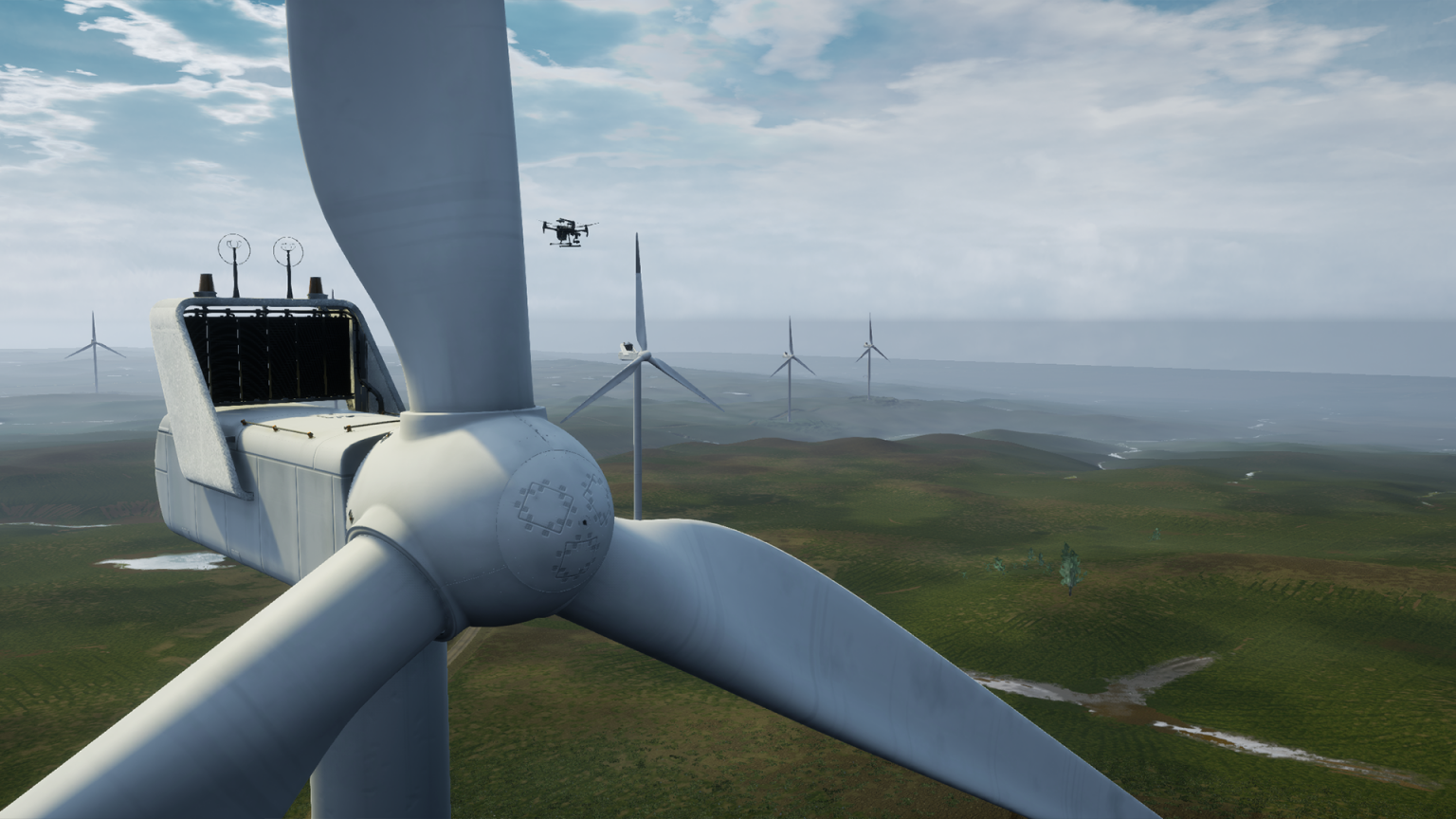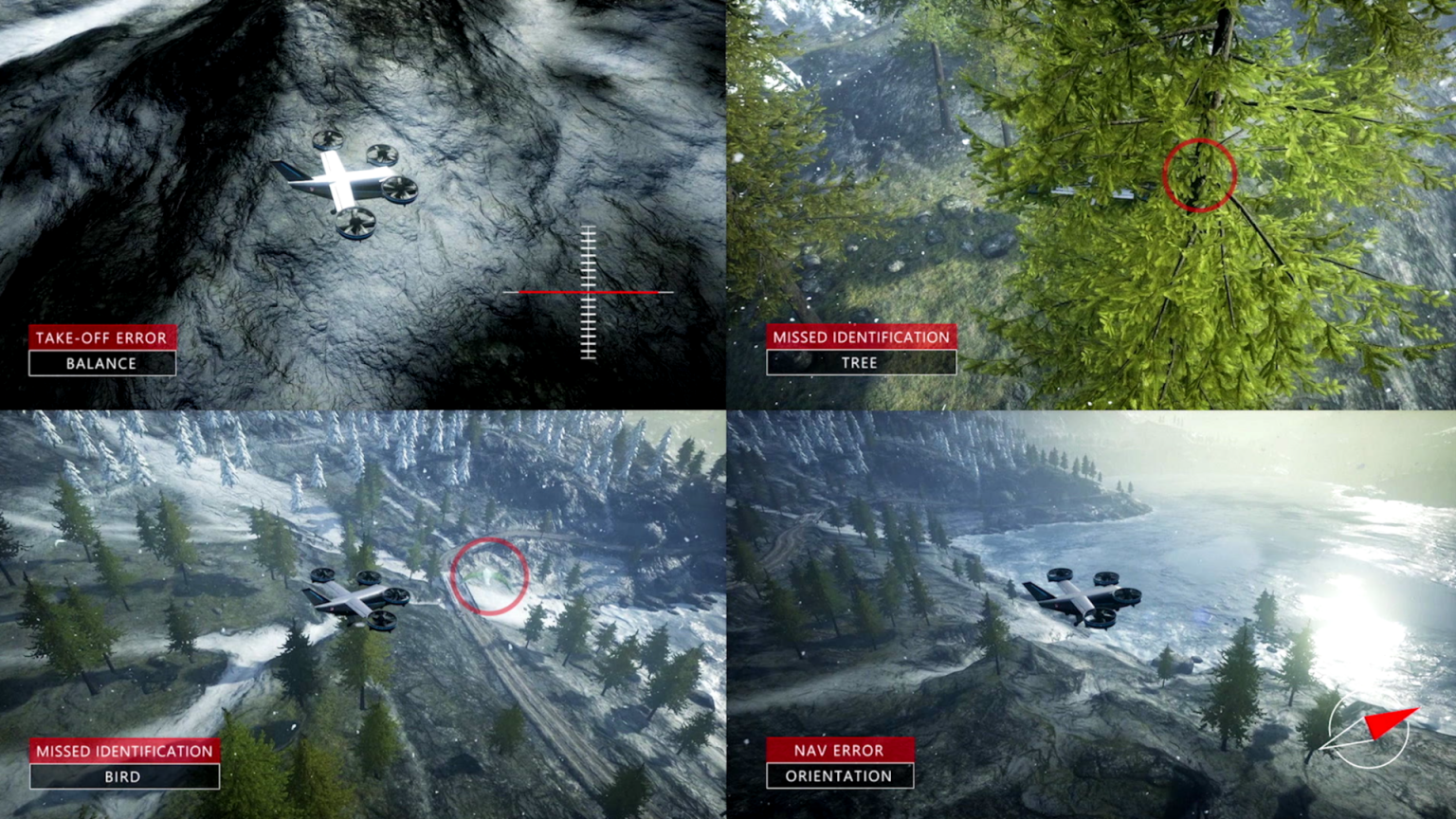Project AirSim trains autonomous aircraft without requiring deep machine learning, coding expertise
3 min. read
Published on
Read our disclosure page to find out how can you help MSPoweruser sustain the editorial team Read more


Microsoft announced Monday, July 18, at the Farnborough International Airshow the launch of Project AirSim, a platform that provides high-fidelity simulation to help build, train, and test autonomous aircraft. It runs on Microsoft Azure and is currently available in a limited preview.
“Autonomous systems will transform many industries and enable many aerial scenarios, from the last-mile delivery of goods in congested cities to the inspection of downed power lines from 1,000 miles away,” said Gurdeep Pall, Microsoft corporate vice president for Business Incubations in Technology & Research. “But first we must safely train these systems in a realistic, virtualized world. Project AirSim is a critical tool that lets us bridge the world of bits and the world of atoms, and it shows the power of the industrial metaverse – the virtual worlds where businesses will build, test and hone solutions and then bring them into the real world.”
According to Microsoft, the realistic environments in Project AirSim will allow AIR models to experience millions of flights in seconds and learn how to react to different variables of the physical world, including rain, sleet, snow, strong winds, high temperatures, an overcast day, and more. Further, it provides access to pre-trained AI building blocks that will allow detection and avoidance of blockages and perform landings with precision. Project AirSim customers can also access different locations like cities and generic spaces via data from Bing Maps and other providers. They can even create detailed 3D environments using those same information pieces.
“Project AirSim uses the power of Azure to generate massive amounts of data for training AI models on exactly which actions to take at each phase of flight, from takeoff to cruising to landing,” Microsoft’s Jake Siegel writes in a post announcing the launch. “It will also offer libraries of simulated 3D environments representing diverse urban and rural landscapes as well as a suite of sophisticated pre-trained AI models to help accelerate autonomy in aerial infrastructure inspection, last-mile delivery and urban air mobility.”
It is important to note that Project AirSim is different from Microsoft’s earlier open-source tool AirSim which is being retired. It was extremely handy but not a friendly project for many due to the required coding and machine learning skills from Advanced Aerial Mobility (AAM) customers. With this, Microsoft turned the tool into an end-to-end platform, meaning deep machine learning expertise is no longer needed, and AI-powered aircraft testing and training in simulated 3D environments will be much easier for AAM customers.
“Everyone talks about AI, but very few companies are capable of building it at scale,” said Balinder Malhi, engineering lead for Project AirSim. “We created Project AirSim with the key capabilities we believe will help democratize and accelerate aerial autonomy – namely, the ability to accurately simulate the real world, capture and process massive amounts of data and encode autonomy without the need for deep expertise in AI.”
Two companies that participated in Project AirSim’s early access program are already using the platform. North Dakota-based Airtonomy uses it to train autonomous aerial vehicles that inspect critical infrastructure, while Texas-based Bell utilizes it to improve its drones’ ability to land autonomously.









User forum
0 messages